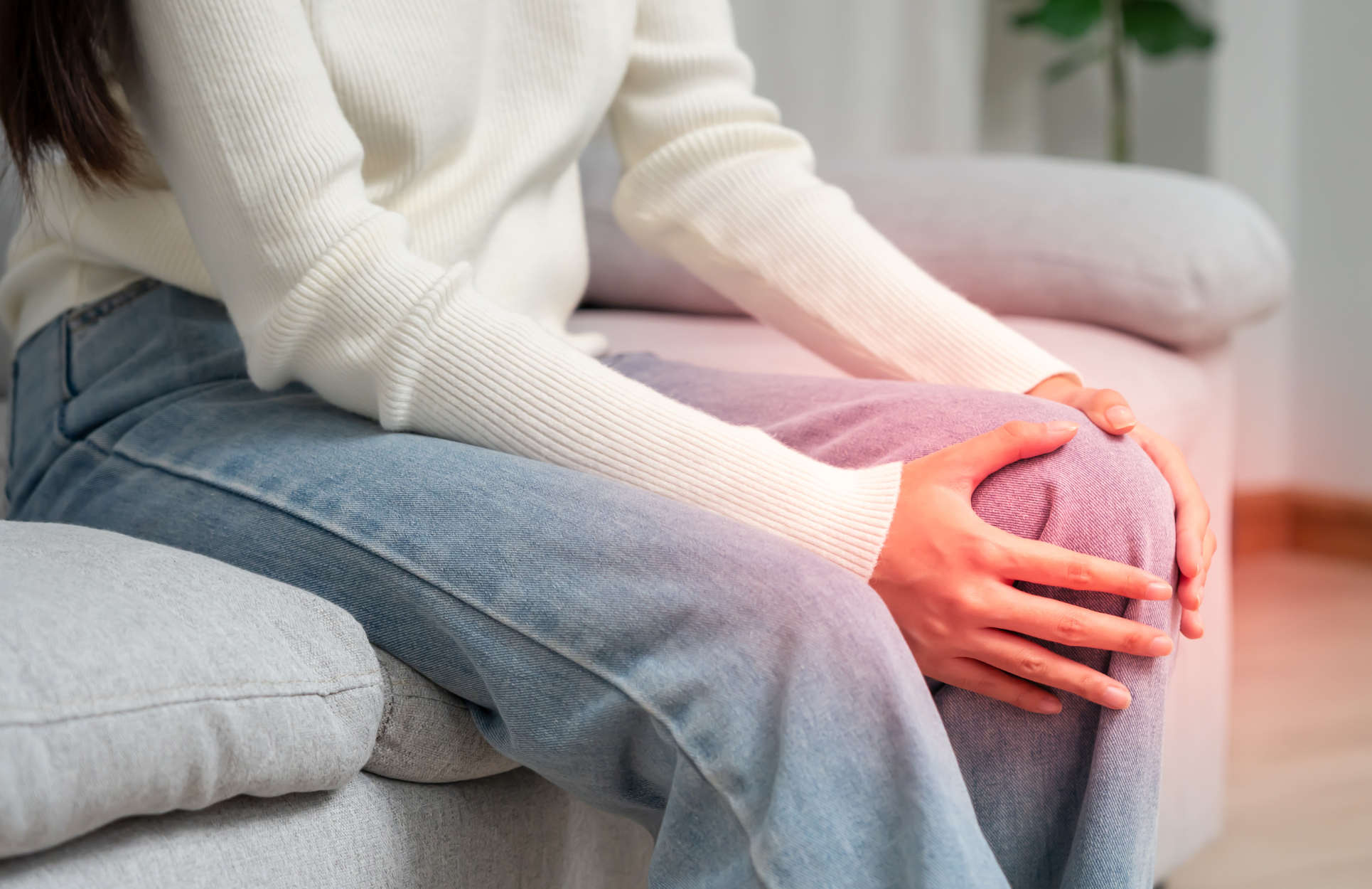Pickleball Injury Prevention Tips Every Woman Should Know
Pickleball’s growth is undeniable — and so are the injuries. A 10-year study of ER cases found the two biggest culprits were fractures and sprains, and a whopping 91% of injuries happened in players over 50. Even though men and women clock about the same number of overall injuries, women make up 68% of fracture cases. That gap has a lot to do with post-menopausal bone loss, fall mechanics, and biomechanics we don’t always think about when we grab a paddle.
Zoom out further: pickleball-related fractures skyrocketed with a 90-fold increase over two decades, most of that since 2020. And when it comes to hospital admissions? Fractures make up 70.5% of them.
So yes — women aren’t just playing more, we’re also getting hurt differently. But here’s the good news: most of these injuries can be avoided if you know what's happening in your body and how to protect it.
Warm Up Like It Counts
If you’ve ever sprinted onto the court cold, you know that stiff, clunky first game feeling. That’s also when injuries sneak in. Warming up literally changes how your body responds:
Muscles and tendons loosen up. Warmer tissue stretches instead of tearing — big win for avoiding calf or hamstring pulls.
Blood flow ramps. More oxygen, less fatigue, which means you can actually get through your games without the “lead legs.”
Your brain switches on. Pickleball moves are fast and reactive. A quick dynamic warm-up (shuffles, arm swings, ankle rolls, even a few easy dinks) sharpens coordination so you’re not caught off guard by the first lob.
Skipping this part is like starting your car in the dead of winter and flooring it. You can, but eventually something’s going to break.
Strength Training With Purpose
Think of strength work as padding around your joints. Two or three short sessions a week can be the difference between nagging pain and steady play.
Lower body & hips: Squats, lunges, and band walks build glutes and quads that keep knees tracking properly during cuts and landings.
Calf–Achilles complex: Calf raises and eccentric heel drops make your Achilles more resilient, so it doesn’t flare up mid-game.
Core & trunk: Planks and bridges stabilize your spine and prevent low-back tweaks when you’re reaching or twisting.
Shoulder complex: Band rotations and rows strengthen the rotator cuff, protecting it from overuse during overheads and serves.
Forearm & grip: Simple wrist curls or grip squeezes add endurance, fighting off “pickleball elbow.”
Bottom line: when muscles take the load, joints don’t have to. And that’s how women close the gap on fracture bias, knee strain, and tendon pain.
On-Court Mechanics + Gear That Actually Helps
Technique and equipment are your tag team here. When one slips, the other saves you.
Don’t backpedal. If a lob sails over your head, pivot and run. Backpedaling is the fast lane to a fall, and falls = wrist fractures (the top injury for women).
Use your whole body. Shots should come from your legs and hips, not just your arm. That’s how you save your elbow and shoulder from overwork.
Wear court shoes, not runners. Court shoes grip for side-to-side moves and keep ankles from rolling. Retire them once the tread’s worn down.
Pick the right paddle. If your paddle’s too heavy or the grip doesn’t fit, you’ll over-grip, and hello wrist pain. Overgrips can help fine-tune fit.
Braces and sleeves are fine. Think of them as extra insurance if you’ve had past sprains. They don’t replace strength, but they can give confidence and support.
Recovery Is Training, Too
Here’s where most players drop the ball: recovery. Women, in particular, see more overuse injuries when volume spikes too quickly.
Tendons need down time. They adapt slower than muscles. Play hard every day and those tiny tears turn into chronic pain.
Fatigue ruins mechanics. Tired legs and arms don’t move cleanly — that’s when knees cave or elbows strain. Rest resets your movement patterns.
Circulation clears soreness. Light activity on off days — walking, yoga, mobility — helps flush muscles without stressing them again.
It’s not lazy. It’s smart. Skipping recovery is how you end up sidelined longer.
Early Warning Signs You Shouldn’t Ignore
Because prevention is only as strong as your recognition skills, here’s what to watch for:
Nagging pain in your elbow, shoulder, knee, or wrist
Stiffness that doesn’t ease up with light movement
Swelling after play, even if it’s mild
Joints that feel unstable or “catch” when you move
Little tweaks happening over and over
When you notice something like this, scale back, rest, treat it (ice, mobilization), and only resume when symptoms ease. Getting ahead early can prevent full-blown injury.
Health Considerations That Matter More for Women
Bone health is non-negotiable. Ask about bone density scans, especially post-menopause. Pair weight-bearing exercise with calcium and vitamin D.
Knees need backup. Women’s biomechanics make knees more vulnerable. Strong hamstrings and glutes are your best shield.
Strength is your equalizer. Muscle fills the gap where hormones and joint laxity make women more prone to injuries.
It’s not about playing timid. It’s about playing longer.
Set Yourself Up for the Long Game
You don’t have to accept injuries as part of the deal. A little intention — warm-up, smart strength, better form, right gear, and recovery that sticks — flips the script.
Pickleball should feel fun, not fragile. Take care of your body like you take care of your paddle, and you’ll be set for the long game.
Disclaimer: We’re not doctors. This article is for education, not medical advice. If pain persists, worsens, or feels unstable, see a healthcare professional.




